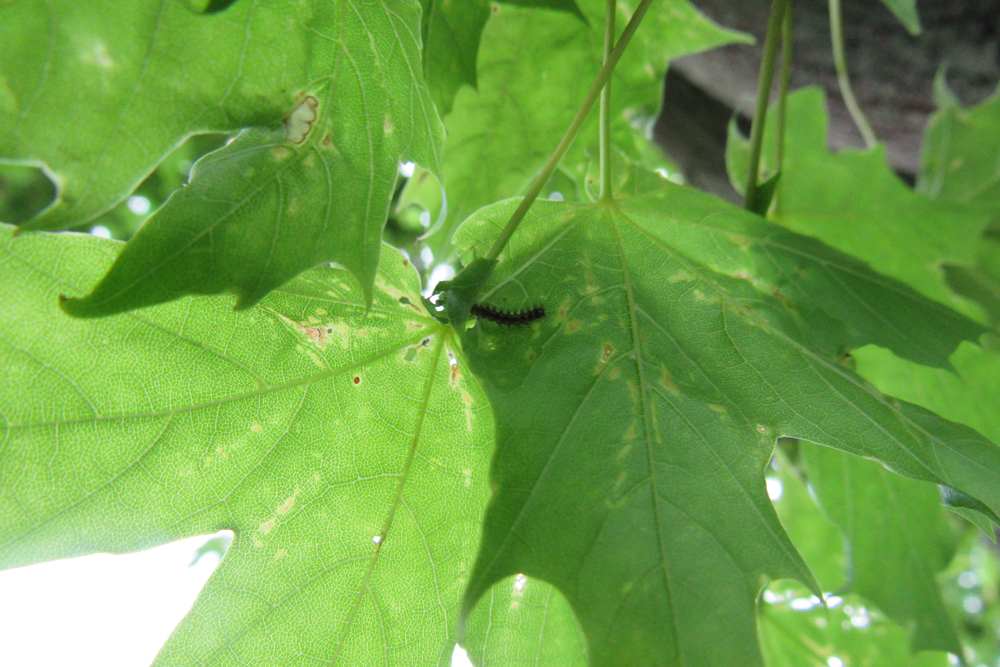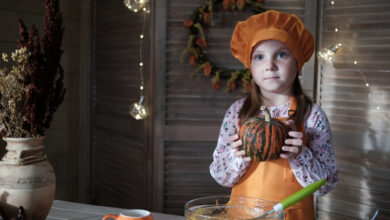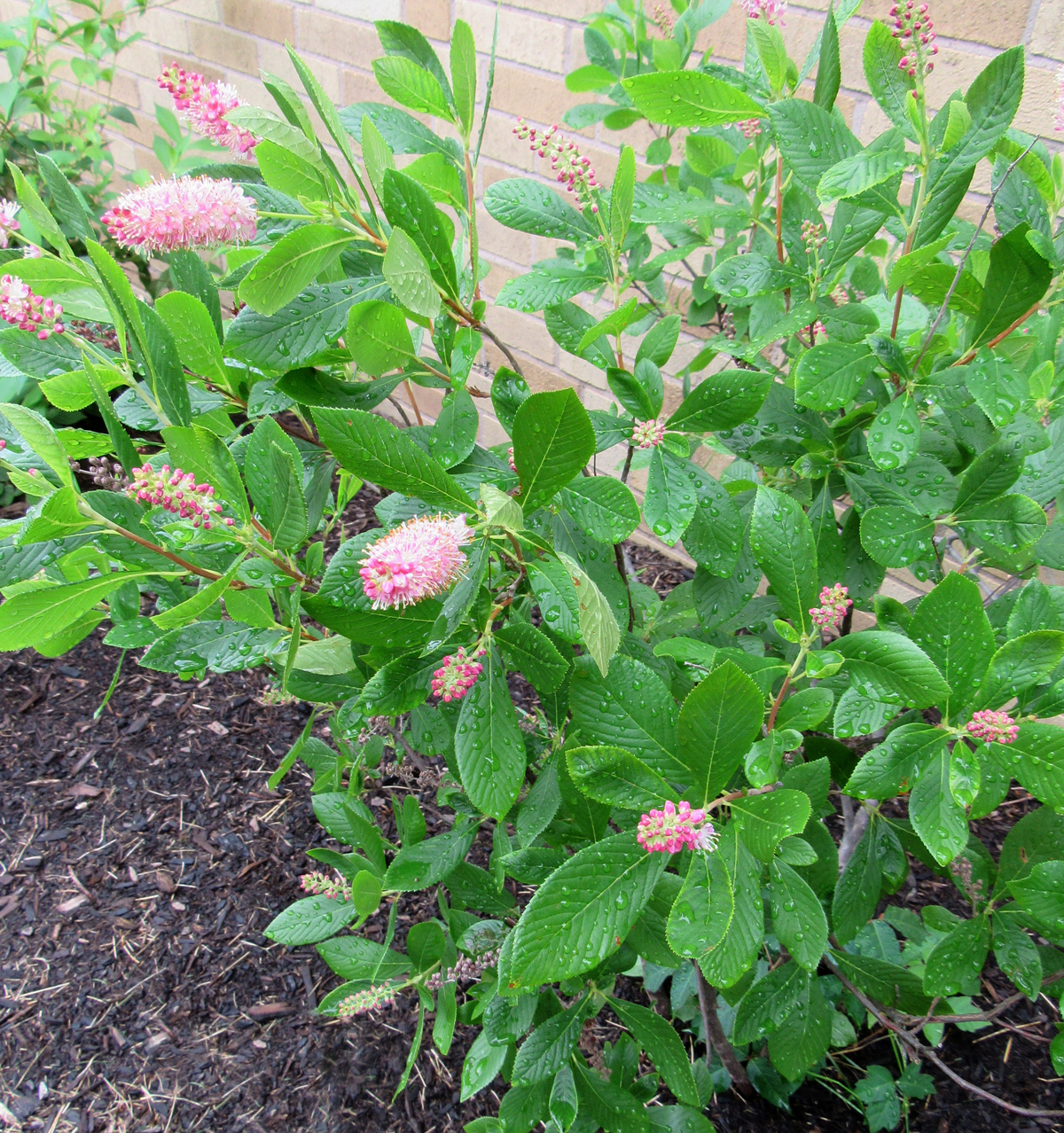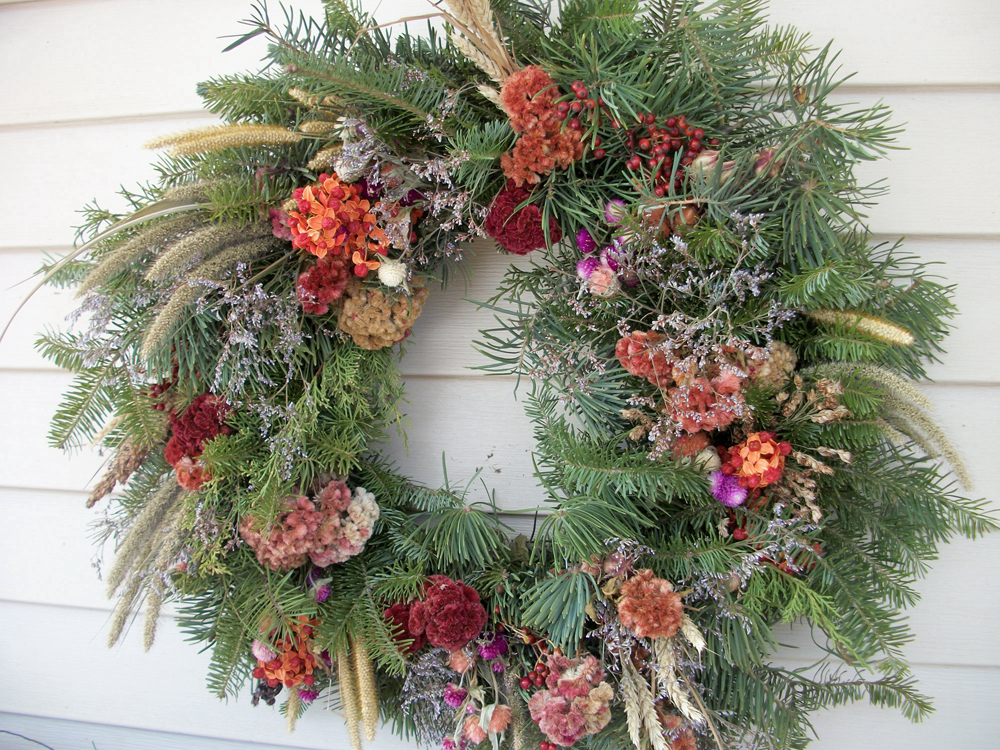Fall garden chores
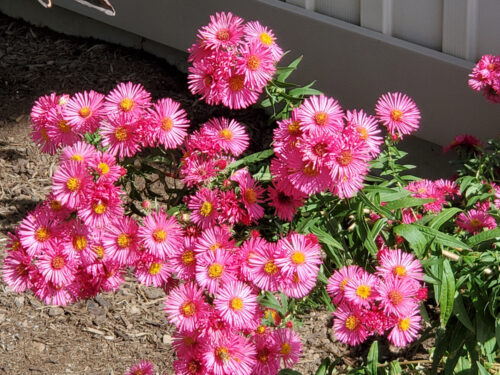
The height of the growing season may be over, but there are still many tasks left to do in the garden before the first frost.
If your tomatoes were impacted by late blight, make sure that you remove the infected plants and place them in a sealed garbage bag for disposal. Cornell University has said this year’s strain of late blight will have more difficulty surviving the winter season, but be meticulous as you clean up your tomato patch, making sure to remove all plant material, including fallen fruits. Next year, rotate tomatoes and other nightshades – such as potatoes and eggplants – to different places in your garden.
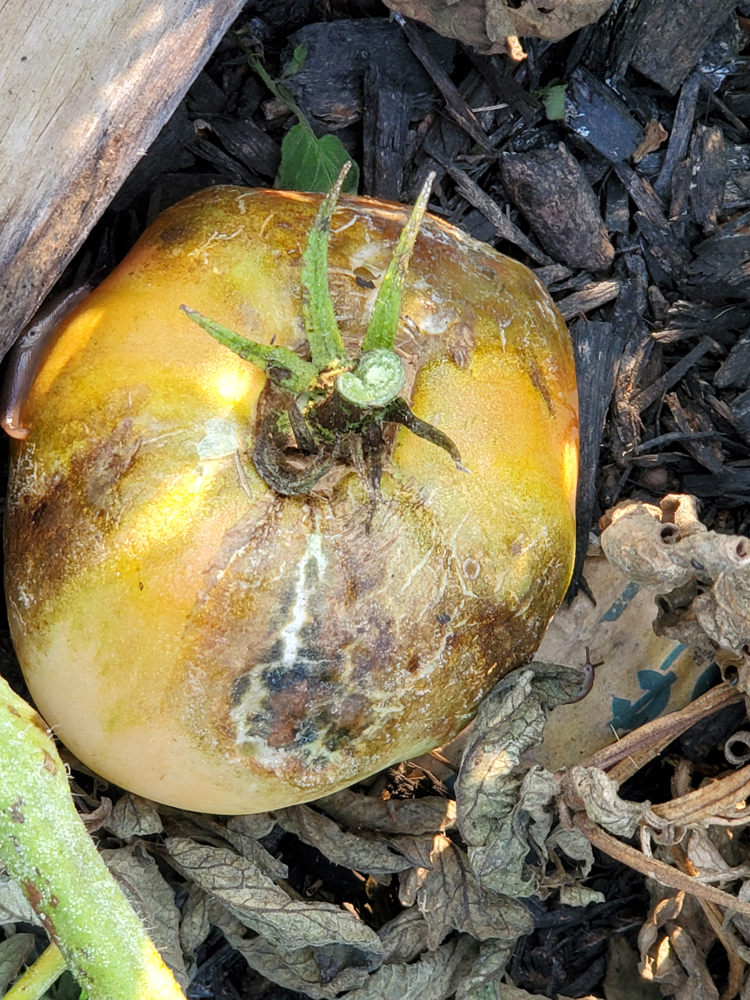
If you have a cool-season lawn like Kentucky bluegrass, tall fescue, perennial ryegrass, or fine fescue, fall is a time to aerate to relieve soil compaction and reduce thatch. Use a hollow-tine aerator or core aerator. If you use a core aerator, operate it a few days after rain, as core aerators cannot cut into hard, dry soil. Illinois Extension says you can apply a late-season fertilizer called a winterizer one week after the final mowing of the season. Fall is also a good time if you want to kill broadleaf weeds such as dandelion or creeping Charlie. Right now, perennial weeds are sending carbohydrates into their roots to prepare for winter. A systemic herbicide applied now will be more successful at killing the plant, both above and below ground. Once the weeds are dead, cool fall temperatures will help cool-season turf fill in the bare spots. Make sure to follow package directions when applying any herbicide.
Michigan State University research shows that shredding fall leaves into the turf can improve lawn health. Leaving grass clippings on the lawn can also help return nutrients to the soil. If you want to preserve leaves for insect overwintering, rake them from the lawn into planting beds.
Changing colors of tree foliage take center stage in the fall landscape, but Illinois Extension says you should also think about shrubs that add interest and color and help pollinators prepare for the winter. Suggested cultivars include Gro-Low sumac (Rhus aromatica ‘Gro Low’) and golden weeping willow, which adds a yellow color and drooping form to the garden. Pee Wee oak leaf hydrangea has multi-season interest and nice foliage in the fall. Quick Fire hydrangea (Hydrangea paniculata ‘Quick Fire’) has blooms that become a rosy red by fall and leaves that turn gold and burgundy. Purple beautyberry has a rounded form and attractive violet-blue berries.
Don’t forget about goldenrods and New England asters, native plants that provide a rich nectar source for bees and other pollinators, as well as ornamental kale for color and fantastic garden texture. Mums are beautiful but aren’t the only option for late-season color with an autumnal feel.
Enjoy these last few weeks of the growing season. Work and planning done now will help make next year’s garden more successful and add to your enjoyment of this beautiful season.



